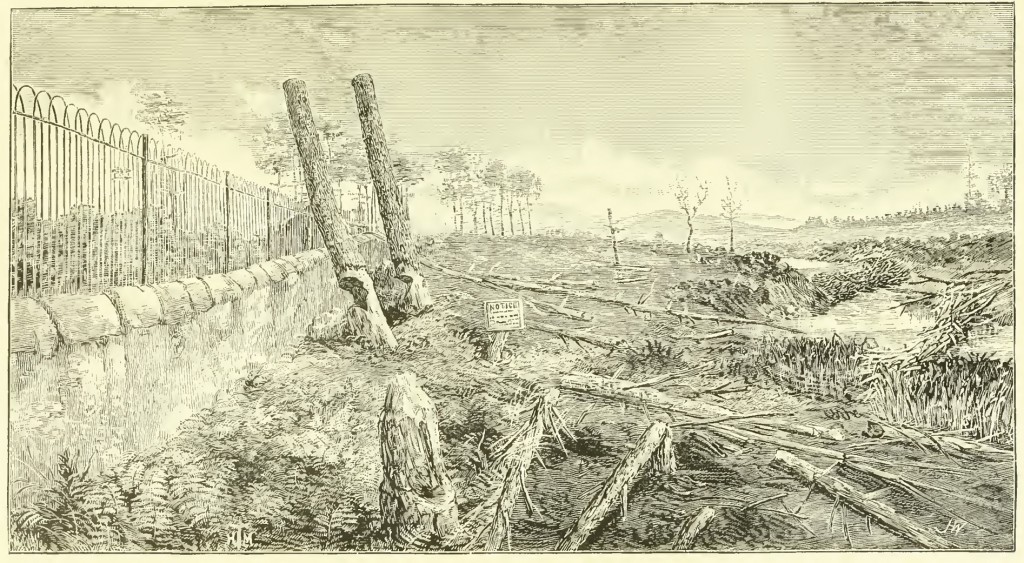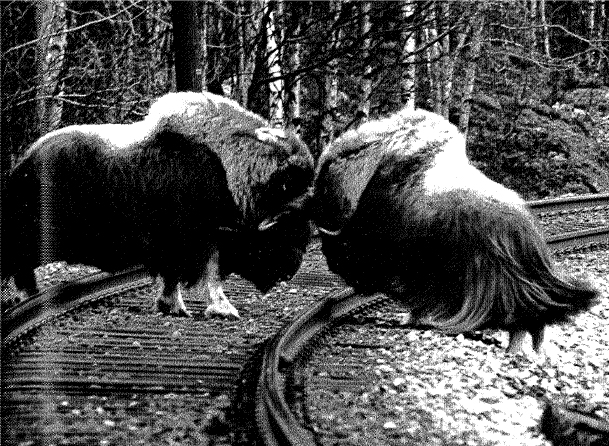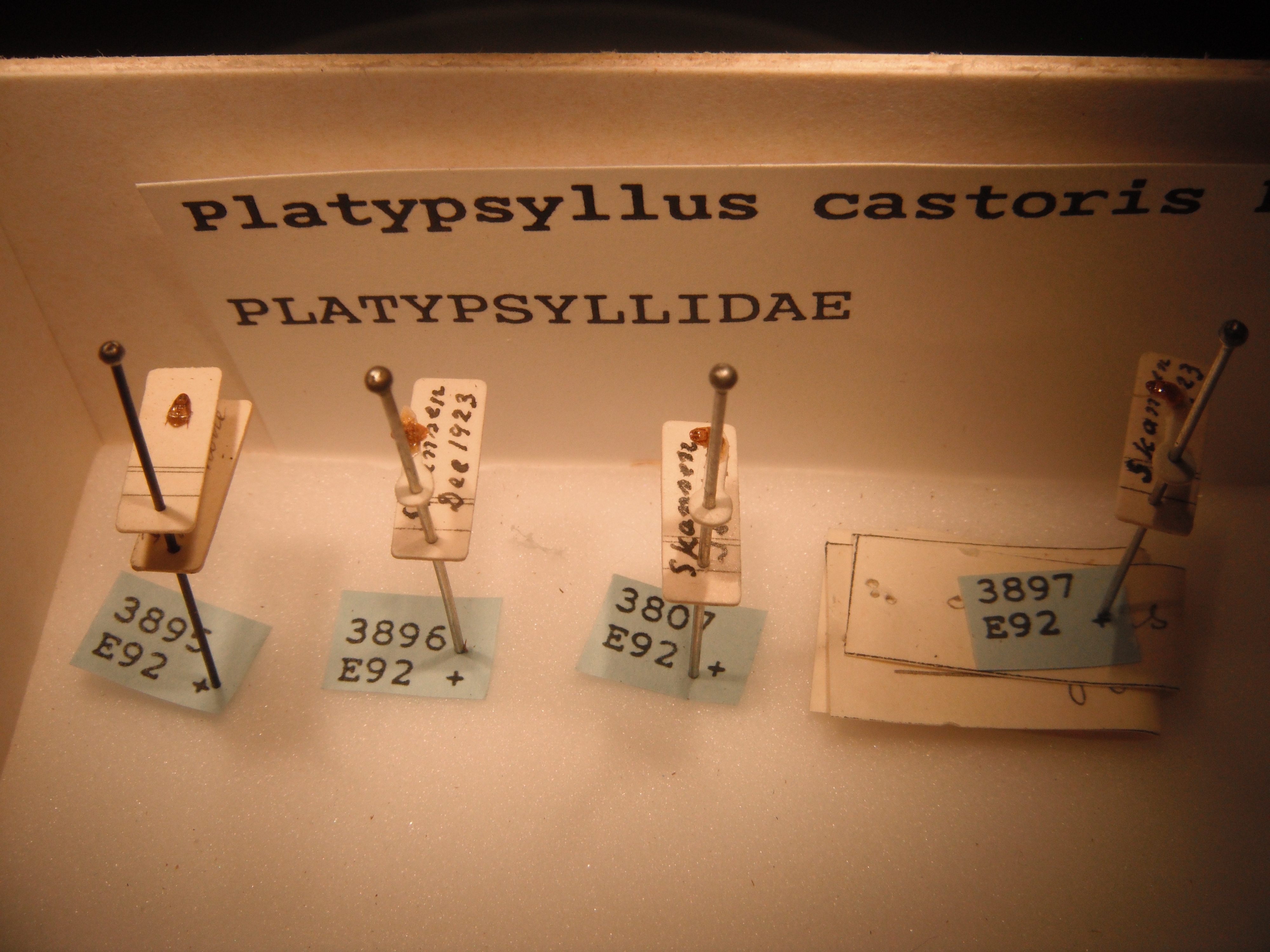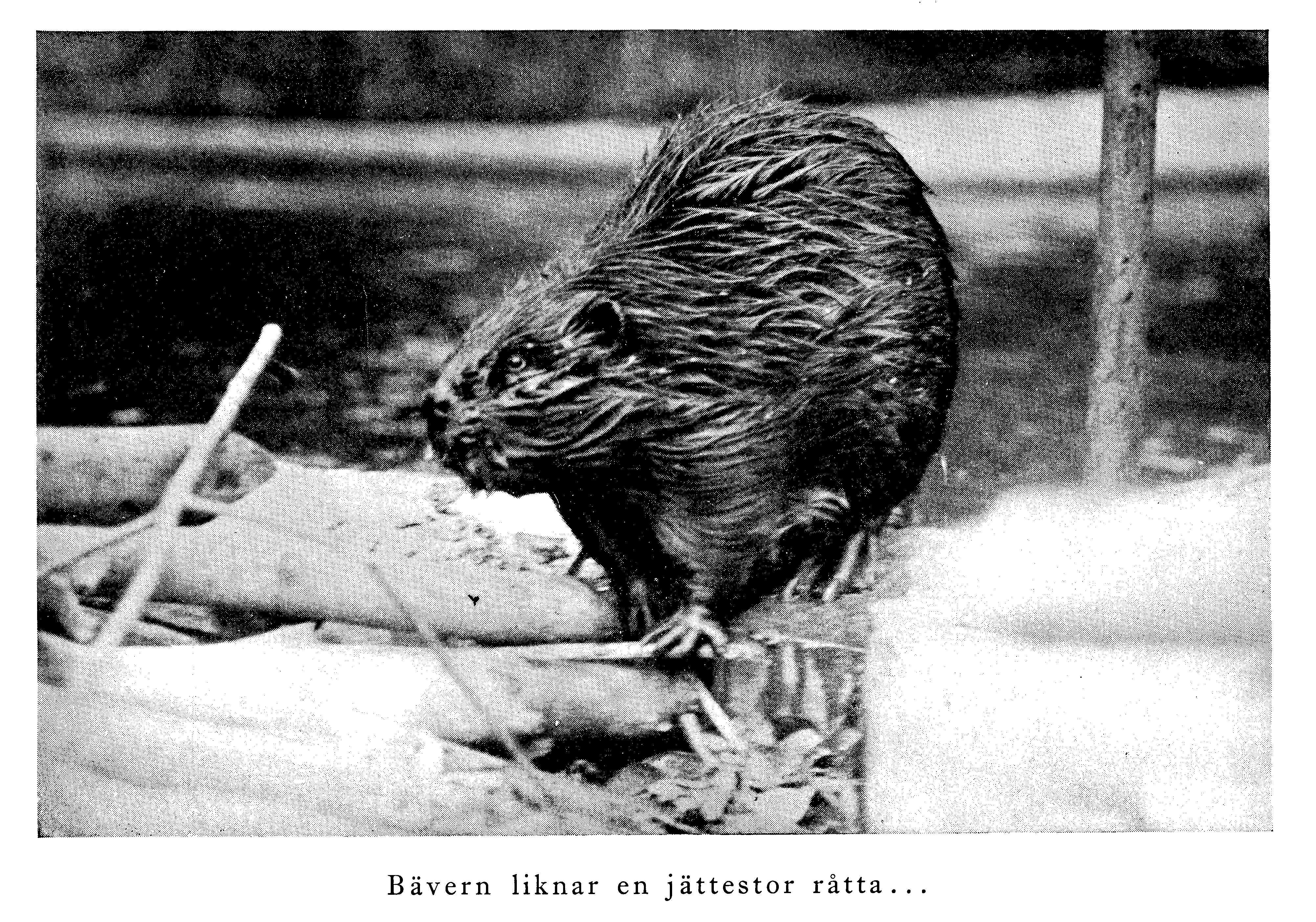
The beavers of Bute
The Scottish Beaver Trial may be the first release of beavers into the ‘wild’ (whatever that is) in Scotland since their extinction, but it isn’t the first time people have tried to bring beavers back to Scotland.
In 1874, the Marquis of Bute imported 4 Canadian beavers to the Isle of Bute, a Scottish island west of Glasgow, for a grand reintroduction experiment. But rather than being set loose, the beavers were enclosed by a rock wall in a 3 or 4 acre wood. The first 4 apparently died (the text says euphemistically that the beavers were “not succeeding”), so another 7 were added in 1875. By 1878, the beavers seem to have reproduced, although the estimates available vary widely:
- 12 beavers according to a New York Times article from January 1878; or,
- 16 according to a report by the Gamekeeper of the Estate reprinted in the book Castrologia from 1892; or,
- 28 according to a report by man who visited the site in the summer of 1879 published in the book British Animals Extinct within Historic Times in 1880.

In any case, it appears that the enclosure was not really the best beaver habitat. While it was wooded, it had no popular or willows, which even the Gamekeeper recognised as key foods. In fact, the beavers were fed cut willow branches to make up for the lack of them in the enclosure.
In 1883, the Marquis sent a couple of beavers (I would guess stuffed, but that’s not clear) to the International Fisheries Exhibition in London. They were displayed in the Zoological Society’s exhibit of waterfowl, turtles and aquatic mammals, which included beaver, coypu, and seal. But according to the Gamekeeper, the enclosure had to be thoroughly searched before any beavers could be found, which presumably indicates that the population had sunk considerably. I don’t know when the beavers finally died, but presumably they did.
I had no idea that a beaver reintroduction project had been attempted so long ago in the Scotland. And it turns out that the beavers on the Isle of Bute were not even the first beaver reintroduction project in the British Isles according to one of the books I read. A similar attempt was started in 1870 in Suffolk, but the beavers, which had two sets of kits, were killed within a couple of years because they strayed out of the park area, destroyed some underwood, and made dams considered ‘an eye-sore’.
I found out about the Bute beavers while doing more work on the history of the word ‘reintroduction’, which I previously mentioned first showed up in 1832 about the reintroduction of capercaillie birds to Scotland from Sweden. The Bute beaver project received the label ‘re-introduction’ in British Animals Extinct within Historic Times published in 1880, making it one of the earliest uses of the word — before that date, I’ve only found the word used in reference to the capercaillie project, for bringing back foxes in Great Yarmouth (1863), and for salmon restocking in the US (1865 & 1866).
So beavers to Scotland were one of the first ‘reintroductions’! Even though we could debate that label since these were North American beavers not European ones and they are different species, the beavers were nevertheless thought of by some people at the time as ‘reintroduced’ animals. A review of British Animals Extinct within Historic Times in The Zoologist (a monthly journal of natural history) in 1881 noted that:
Various attempts have been made at different times to reintroduce some of these extinct animals, as, for instance, the Reindeer, the Wild Boar, and the Beaver, and particulars of these experiments are given in the book before us…. Of the three animals named, the Beaver stands the best chance of again taking its place amongst the wild animals of Britain, although, of course, only in localities where large landowners could afford it protection over a sufficiently extensive area.
It’s funny (and a bit sad) that it took nearly 130 years after the publication of this statement to get European beavers back amongst the wild animals of Scotland, even if only for an experiment like the beavers of Bute.



